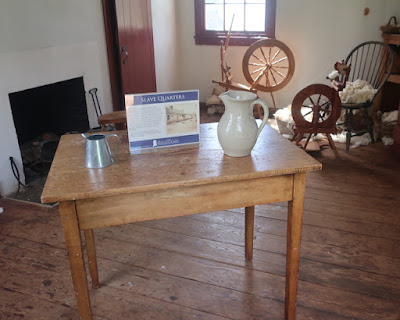 Kristin Lavransdatter by Sigrid Undset and translated by Tiina Nunnally
Kristin Lavransdatter by Sigrid Undset and translated by Tiina Nunnally
Kristin Lavransdatter was written in the early twentieth century about a fictional woman from fourteenth-century Norway. Kristin's family is fairly well-to-do, her father being a well-respected landowner and public figure. Kristin is a bit spoiled and more than a bit willful, leading her into many hard situations. The book describes a few episodes from her youth but most of the focus is on the adult Kristin. She is betrothed to Simon by her father but refuses the match because she has fallen for Erlend Nikulasson, a semi-disgraced knight with a checkered past and an uncertain future. Their marriages goes through a lot of ups and downs as they have more children and Erlend's political standing shifts through a combination of luck (both good and bad), his own willfulness, and his mediocre judgment. The book ends with the event that ended a lot of things in the middle ages--the Black Plague.
Even though the characters are only of marginal nobility, the book still has an epic feel to it. The details of the life they lived long ago is thoroughly described and convincing. It's easy to picture their houses and food and countryside, among other things. It's also epic in covering most of Kristin's life. The book was originally published in three volumes (much like The Lord of the Rings), so it is over a thousand pages long. It's also epic because it's never boring. Some stretches are depressing and hard to get through, but they are fascinating and Kristin is likable enough to keep readers going.
The book is also very Catholic. The characters' faith life is constantly referenced and the culture was full of religious stuff. Kristin goes off to a convent for some preparation before her marriage to Simon, though the particular convent was a little too loose with young women who came for that formation year. The characters are always going to church or on pilgrimage. The church's hierarchy is almost as important to the story of their lives as the civil government. Priests are trusted advisors for the most part. Catholicism is a natural and ubiquitous part of their lives.
I enjoyed the book a lot, though it did take me quite a while (from Christmas to early April) to finish it. I tried reading one chapter a day, though some days I missed because of life being too busy. There weren't many make-up days. Still, I enjoyed it and would recommend it.
Highly recommended.



















































